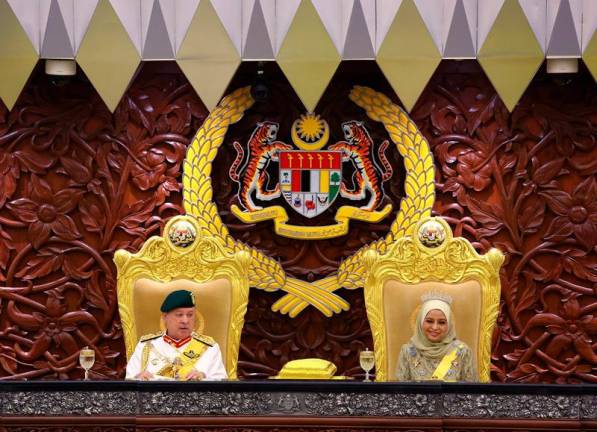KUALA LUMPUR: The government and telecommunication companies (telcos) need to find a balance through continuous engagements in fulfilling the national agenda of providing affordable and faster internet to Malaysians, as well as protecting profitability as the industry’s race for cost efficiency.
University Malaya (UM) Head of Department of Operations and Management Information Systems, Associate Professor Dr Shamsul Bahri Zakaria said among ways to consider include incentives and tax breaks for telcos to improve their infrastructures while fulfilling obligations to extend their services to rural areas.
He pointed out that the National Fiberisation and Connectivity Plan (NFCP) presented a huge challenge to the telcos to juggle between building the infrastructure and reducing their operations expenditure at the same time.
“We are quite scattered, in terms of data reception, where big cities have been equipped with infrastructure. Unlike rural areas, it is quite limited. So it is a huge challenge because, at the same time, the telcos are trying to sustain their business and trying to cover less profitable areas,“ he told Bernama in an interview recently.
In August, the cabinet had approved the implementation of the NFCP over a five-year period from this year to 2023 at a cost of RM21.6 billion. The NFCP will provide nationwide digital connectivity that is robust, pervasive, high-quality and affordable for Malaysians.
The NFCP will be funded by the telco industry’s Universal Service Provider (USP) fund, stemming from 6% of the collective industry’s revenue and part of its plan capital expenditure. The breakdown for the estimated RM21.6 billion will be roughly 50-50 or 60-40.
In its research note recently, Kenanga Research anticipated prospects within the sector to be largely driven by a race for cost efficiency.
The telcos continue to be challenged by competitive pricing and the migration of subscribers towards more value-for-money packages while sector-wide operational cost fixing comprises mainly rationalising network and squeezing direct costs.
“While we leave our assumptions unchanged at this moment, we direct our attention towards Telekom Malaysia (TM), which saw huge selling pressure following the fixed-line operator’s decision to heavily invest in the mobile business, which is facing competitive headwinds while also being highly saturated,“ it added.
In June 2018, the government had implemented the Mandatory Standard on Access Pricing (MSAP), which had effectively halved a generic 30Mbps internet plan’s price two months later.
As at December 2018, the government has succeeded in meeting its target of cutting broadband prices by 25% with most of the telcos including Celcom Axiata Bhd, Maxis Bhd and TIMEdotCom Bhd, slashing their broadband prices between 30% to 65%.
In a research note recently. AmInvestment Bank expects continuous pressure on average revenue per user (Arpu) and subscriber trajectory, given that mobile competition remained just as intense as over the past four years.
Meanwhile, the Institute for Democracy and Economic Affairs (Ideas) research manager Lau Zheng Zhou said the local telco industry was seen to be undertaking major re-calibration in terms of products and services mix, as well as organisational structure and culture.
The upcoming Budget 2020, which will be tabled on Oct 11, would be a good opportunity to meet the broad objective of Shared Prosperity Vision by bridging the digital gap.
He proposed incentives to encourage domestic direct investment to speed up the roll-out of 5G infrastructure, as well as incentives to increase fibre-broadband penetration, especially in the rural areas to bridge the rural-urban gap.
The government should also promote higher fibre-broadband penetration in public spaces and institutions.
“I am very encouraged by the cross-ministerial focus on taking the steps to prepare Malaysia to succeed in the Digital Economy, which of course, will require good telco infrastructure spread out across the nation.
“However, it is also important to note that private sector plays an important role to ensure the successful achievement of those policy objectives,“ he said, adding that telco players might see greater mutual benefits to collaborate, which may include mergers and acquisitions, as means to optimise structure cost while promoting solutions-based offerings, at home and abroad. — Bernama















